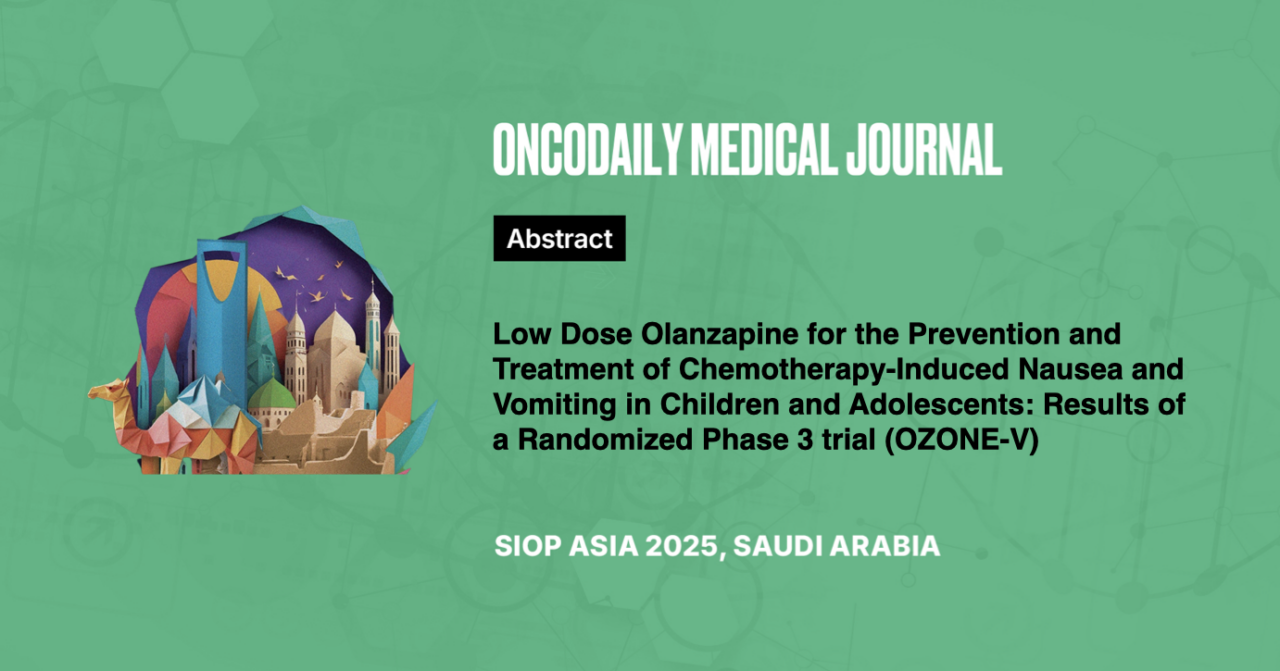Low Dose Olanzapine for the Prevention and Treatment of Chemotherapy-Induced Nausea and Vomiting in Children and Adolescents: Results of a Randomized Phase 3 trial (OZONE-V)
Abstract
Introduction: А standard antiemetic therapy (5-HT3 receptor antagonist, aprepitant, dexamethasone) regimen for the prevention of chemotherapy-induced nausea and vomiting (CINV) achieves complete control of CINV in less than half of children receiving highly emetogenic chemotherapy (HEC). There are no data on the effectiveness and safety of low dose olanzapine when used to prevent CINV in the pediatric population.
Methodology: The study included patients receiving HEC. Patients were randomized 1:1 to receive a first cycle of HEC with standard antiemetic prophylaxis with or without the addition of low dose olanzapine. The second similar course of HEC was carried out with a change in the variant of antiemetic prophylaxis (crossover). To assess nausea and vomiting, the MASCC Antiemesis tool questionnaire adapted for children’s age and the PeNAT graphic scale were used. Adverse events were assessed using NCI CTCAE v criteria. 5.0. The main objectives of the analysis were: the frequency of complete control of nausea and vomiting in cycles of therapy with and without the inclusion of olanzapine, patient preference (which type of prophylaxis the patient chooses for further treatment) and safety.
Results: The study included 80 patients, median age was 14 [13-16] years, male to female ratio was 38/42, all children were diagnosed with solid extracranial tumors. The 80 patients received 160 courses of chemotherapy (80 cycles with olanzapine and 80 cycles without olanzapine). Of 80 cycles of chemotherapy with standard antiemetic prophylaxis, complete control of CINV was achieved in 40 (complete control of CINV 50%), of 80 cycles with prophylaxis that included low dose olanzapine – in 63 cycles (complete control of CINV 79%) (p < 0.001).
Conclusion: Low dose olanzapine can be recommended for routine prevention of CINV against the background of HEC in children and adolescents.





